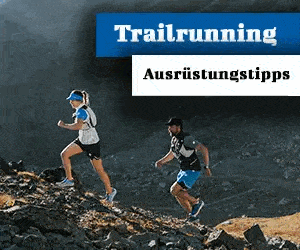The climbing harness is the link between the body and the rope. In addition to being part of the elementary safety equipment, it must also meet ergonomic and functional requirements. These vary depending on the vertical discipline. Therefore, we take a close look at the many facets of harnesses and show which model is suitable for your next climbing adventure.
A contribution by Fabian Reichle - Bächli Bergsport
Anyone who travels in the mountains - be it on rock faces, on glaciers or on exposed paths and ridges - must be aware of the danger of gravity. The logical consequence: Mutual securing with a rope. So far, so logical.
While in the early days of alpinism rigid hemp ropes were tied directly around the body, which often tore in the event of a fall and resulted in serious injuries to the wearer, today fortunately dynamic high-tech ropes are standard. And what about their attachment to the body? A lot has happened here too. Specific climbing harnesses direct roping replaced.
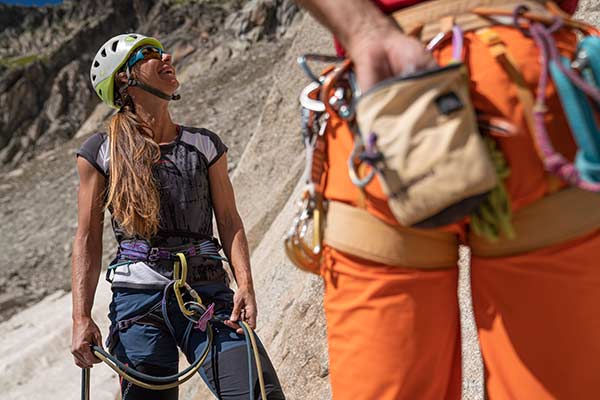
The first attempts at a dedicated harness for rope handling came from the Dutchwoman Jeanne Immink. A small side note: the ambitious climbing pioneer was also the first woman to climb mountains in climbing pants towards the end of the 19th century and before anyone else came up with the idea of protecting her head against falling rocks.
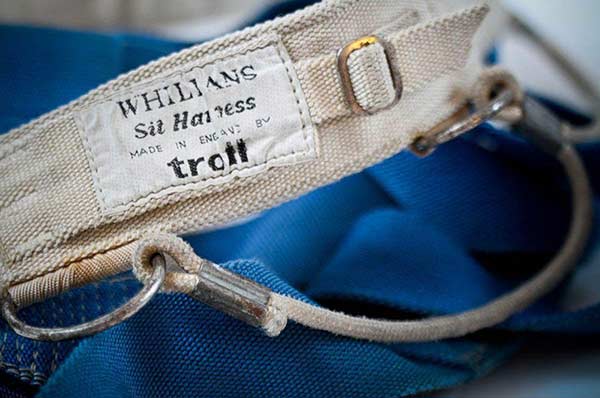
Nevertheless, after Immink's first attempts at walking, it was to take several decades and further prototypes before the first real seat belt model came onto the market. In the late 60s, resourceful minds at the British company Troll came up with the Whillans Sit Harness, which was developed for the first ascent of the Annapurna south face. Its basic form has survived to this day. All climbing harnesses are based on this archetype, which consists of a hip belt, leg loops and tie-in loops for the rope.
Hip and chest strap
At this point it should be mentioned that the classic hip belt-shape is by no means the only one used in mountaineering. As a supplement, you can also chest straps to be used. These are worn together with the hip belt, but never alone.
There are also combination belts that connect both types. These models are useful when the body's center of gravity is higher. This is the case in children for anatomical reasons, but can also occur in adults, for example when carrying a heavy backpack.
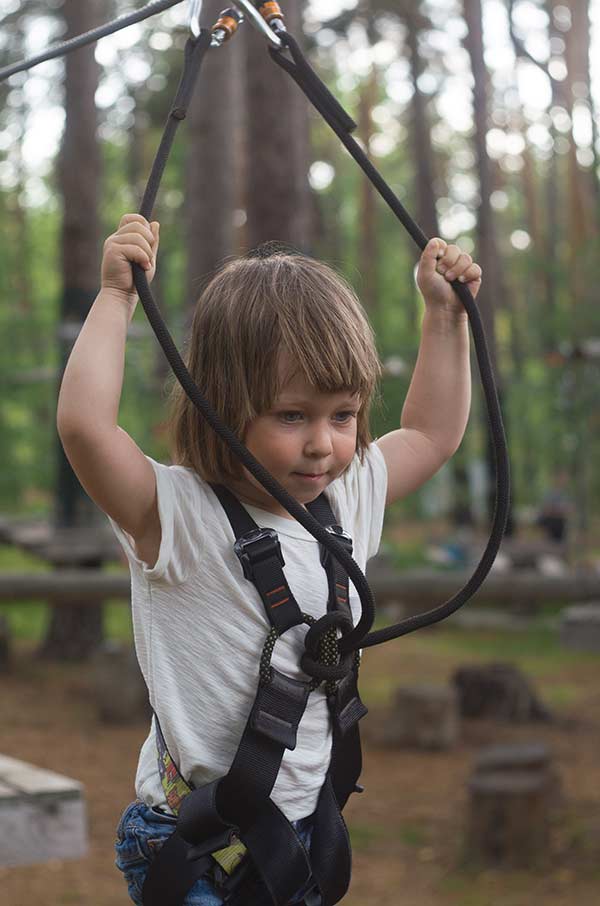
The higher position of the safety rope in the chest area prevents possible head overturning in the event of a fall. A chest strap also serves the subjective sense of security, especially for beginners.
On the other hand, a fall and the hanging position in a chest or combination harness is relatively uncomfortable and the limited freedom of movement is also a reason why the classic hip harness is used almost exclusively for sporty climbing.
Components of a climbing harness
In general, the typical climbing harness or, in this case, specifically the waist harness, consists of several parts that all fulfill their individual purpose. The core is the waist belt, which sits over the pelvis in different widths and padding.
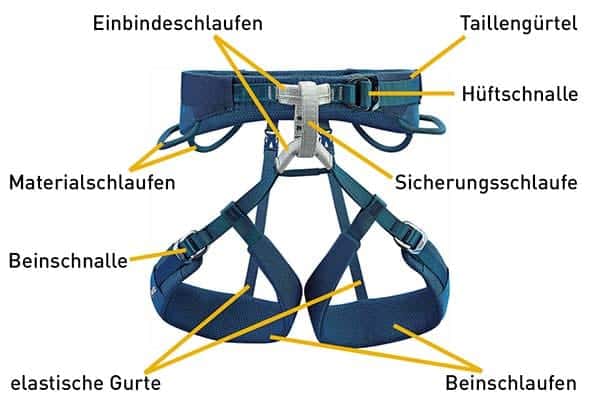
The opposite is them leg loops. These sit just below the buttocks, ideally they have about two fingers of leeway. Depending on the model, the waist belt and leg loops can be adjusted. With modern climbing harnesses, this is usually done with so-called Slide-Bloc buckles, which are simple and safe to use. An automatic, double backup is guaranteed. The more, in the maximum case four, of these buckles there are, the more precisely the belt can be adjusted. However, this has a negative impact on weight and agility.
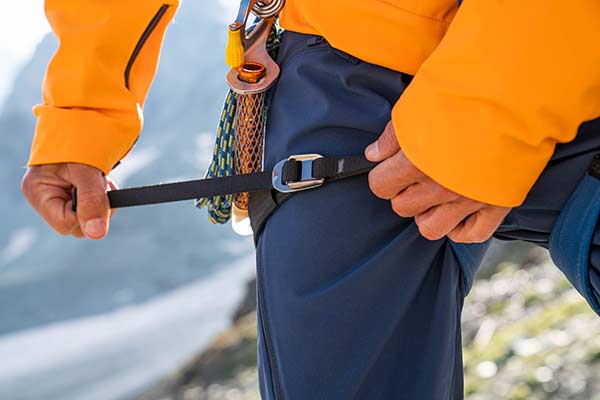
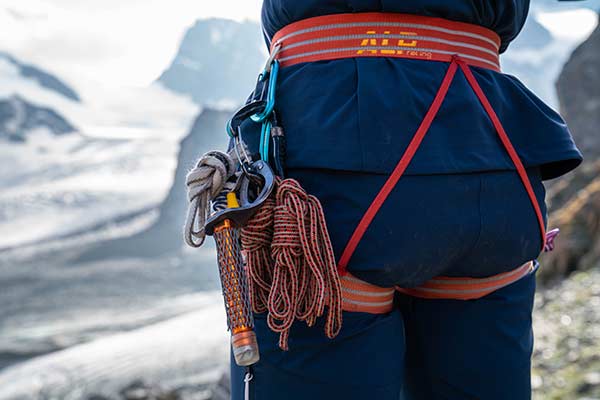
loops or gear loops are, as the name suggests, loops to which additional material can be attached. They come in different sizes and are located on the side of the waist belt – an indication that a belt is the right size, by the way. Here small differences are absolutely relevant, so there are loops that are molded and rigid, and others that are slack. The former protrude from the harness so they can be easily and quickly accessed. The latter, on the other hand, are suitable for secondary material.
When climbing, the rope on one strap is cut through two tie-in loops drawn. One is on the waist, the other on the legs. Between these two is the safety loop. It represents the strongest point on the climbing harness. Belay devices and carabiners are attached to it.
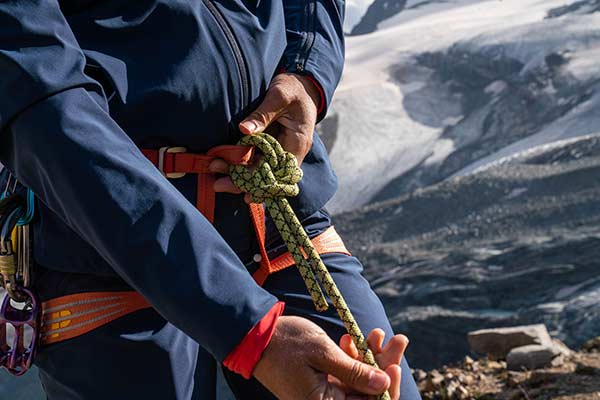
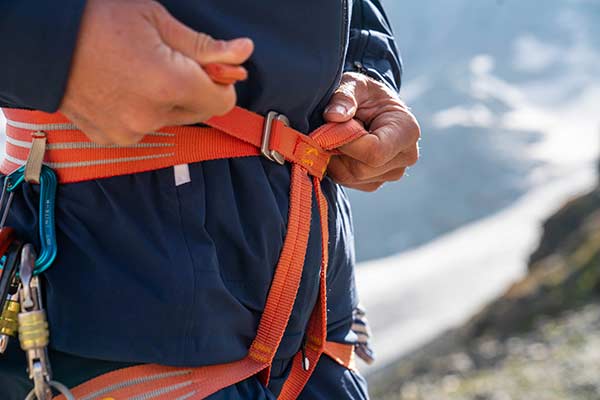
Modern climbing harnesses - like many other mountain sports equipment - have made an enormous leap in development. In addition to aspects such as the use of high-tech materials, different applications have emerged. This is where the biggest differences can be identified because, strictly speaking, there is no one belt for everything. An efficient approach to finding a suitable model is therefore based on the consideration for which sport it is used.
Different climbs, different harnesses
A light harness reduced to the essentials is suitable for indoor and sport climbing. Since climbing usually takes place on fixed routes, material loops on the waist belt are of secondary importance. There is also no need for adjustable leg straps, as changing clothes on the route - for example from light, short trousers to thick weatherproof trousers - is hardly relevant. All this makes the harness agile and comfortable, even with little padding on the hips and legs. Incidentally, this type of climbing harness is also ideal for via ferratas – in addition to high-altitude tours and versatile all-round harnesses with four buckles.
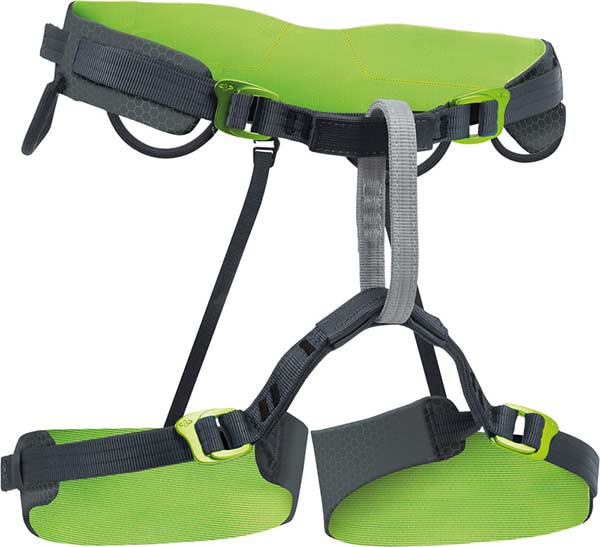
In trad climbing, when wedges, cams and the like have to be carried along with exes, material loops become important. There should definitely be at least four of them. Additional padding also helps to make long days on the wall comfortable.
Harnesses for multi-pitch routes take a similar approach. Here a system that distributes the pressure evenly over a wide area or offers a tick more padding is welcome. There are various approaches to solving this. Also, adjustable leg straps are a must if additional layers of clothing need to be added on the wall. Here, too, you should set out with at least four gear loops, although at most a towing loop on the back of the harness can be practical. For example, an additional rope or other equipment that is not used much can be attached to it.
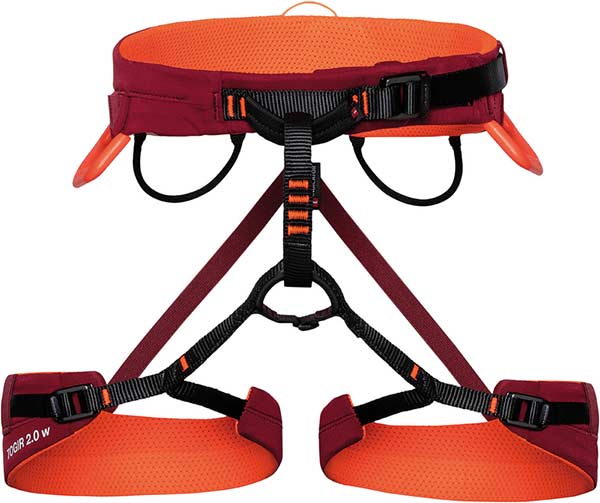
The maximum of harness features can be found in big wall climbing. This is mainly due to the fact that the really big ascents are less about athletic climbing and more about moving with pitons, stepladders and rope clamps. A belt for the Big Wall has to be able to withstand the material load, which is why they often have between six and ten material loops. A wide, excellent padding ensures that these models can be worn over several days.
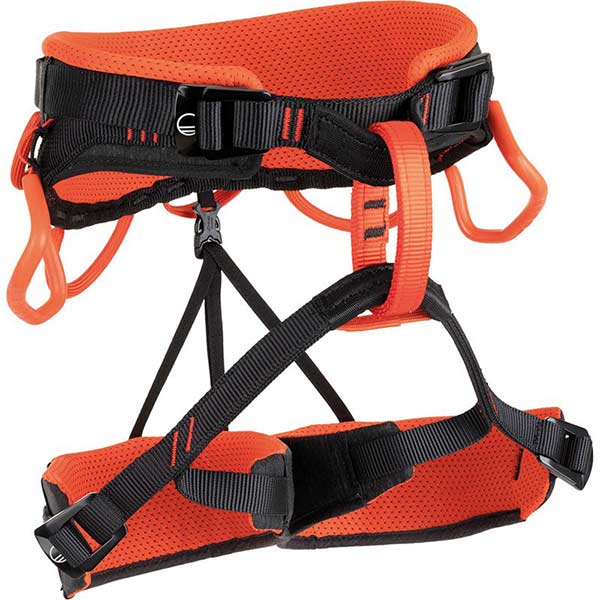
On the other end of the spectrum are harnesses designed for competition. Anyone who fully relies on performance needs a model that is as light and agile as possible. Upholstery and material loops are largely dispensed with here, the construction is deliberately kept minimalist.
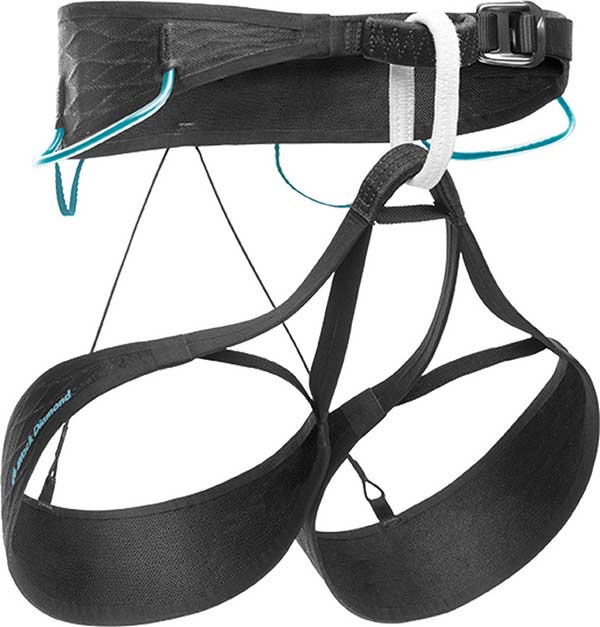
Harnesses for mountaineering and ski tours have a special status. Sitting comfortably and falling is secondary here, since most of the time the terrain is non-vertical. A low weight and pack size are more important for endurance tours. In addition, the leg loops of touring harnesses are designed in such a way that they can be opened completely in order to put on or take off the harness with ski boots or crampons.
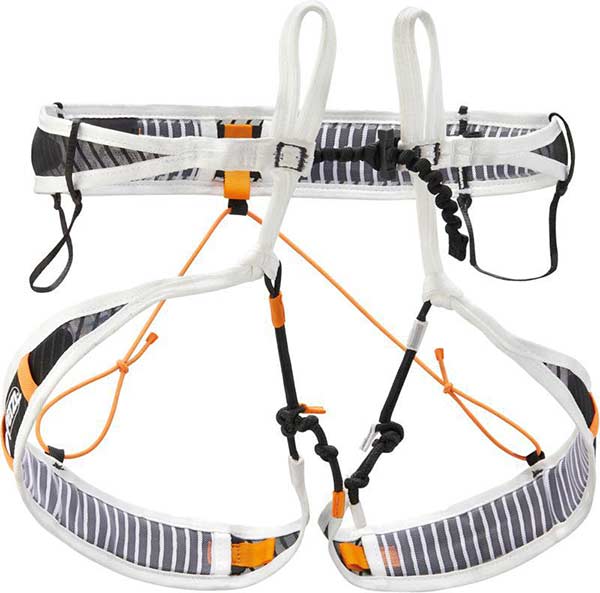
Find and care for your favorite harness
If you are now looking for a certain type of climbing harness, you should not go out and buy the first model that comes along. The motto is try it on. If the belt is suitable for personal use and looks correct, then a few steps should be taken first. And it is advisable to test the climbing harness in the open air as well as hanging with your feet on a wall. Does the strap feel comfortable? Doesn't he slip to the ribs when hanging? Then you have found the right model.
There are also differences between the sexes, which are mainly characterized by the shape of the waist belt and the distance from it to the leg loops. By the way, climbing harnesses are made with the European standard for mountaineering equipment (EN 12277) certified according to different types and corresponding requirements.
To assess the condition of the belt, it should be worn before and after each use Check for signs of wear or damage. Particular attention is paid to open seams, abrasions, cuts or holes. Damaged metal buckles are also critical. If in doubt, the climbing harness is disposed of, because there is no gray area when it comes to safety material. Even equipment that is supposedly intact should be replaced after around three to four years of normal use and good care be replaced.
You should also heed the cleaning and storage of the material. If you keep your climbing harness clean and dry, protect it from direct sunlight and store it away from harmful materials such as caustic liquids, you will be able to use it for longer.
Any questions? We will be happy to help and advise you in one of ours branches.
That might interest you
- The perfect rubber compound: This is how climbing shoe soles are made
- Carabiners for climbing and mountaineering: you should know that
- Sunglasses for mountain sports: More than just protection for the eyes
About Bächli mountain sports
Bächli mountain sports is the leading Swiss specialist shop for climbing, mountaineering, expeditions, hiking, ski touring and snowshoeing. Currently offering 11 locations in Switzerland Bächli mountain sports its customers expert advice and high quality service. LACRUX publishes in collaboration with Bächli mountain sports Articles on the topics of climbing and bouldering.


